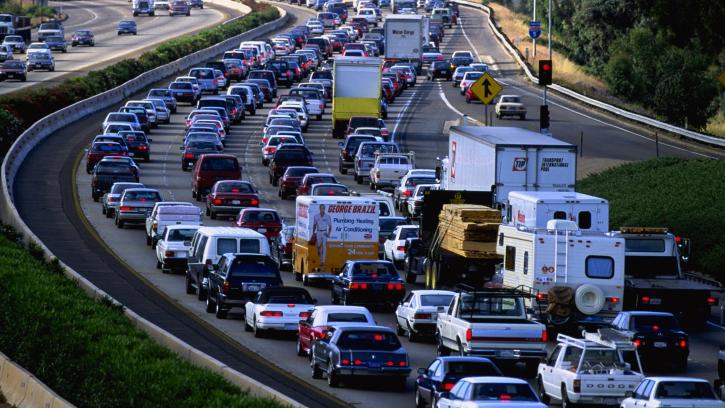
The Tampa Bay Times and La Gaceta have endorsed the All for Transportation referendum appearing on the Nov. 8 ballot in Hillsborough County.
Both papers note the growing need for transportation improvements in Hillsborough County and tout the All for Transportation plan for its ability to deliver.
“Hillsborough’s road, bus and pedestrian network has been in poor shape for decades, and for nearly as long, political and civic leaders have tried to craft a balanced solution that serves the cities and suburbs alike. That’s where this referendum delivers,” the Times editorial board wrote in its recommendation to vote “yes” on the All for Transportation referendum.
The plan, the editorial board said, “ensures something for everybody.”
“Nobody in Hillsborough County needs to be told the transportation system doesn’t work well — it doesn’t work for commuters, it doesn’t work for employers, it doesn’t work for pedestrians, and it certainly doesn’t work for the future,” The Times recommendation reads.
“But Hillsborough voters can change that by supporting the transportation referendum on the countywide ballot Nov. 8. Voters from the cities to the suburbs have an opportunity to improve their commutes, make the roadways safer and strengthen the region’s economy.”
La Gaceta likewise is backing the 1-cent sales tax transportation plan, noting funding for road widening and grid improvement in east and northwest Hillsborough; repairing potholes in Tampa; adding sidewalks in Temple Terrace; and providing needed improvements overall in Plant City to “keep up with the traffic spilling into the city by an overwhelmed I-4.”
“It is obvious to anyone who tries to move around this county that we need to improve our transportation system before it’s too late,” La Gaceta wrote.
They also pointed to important spending provisions that would boost access to transit.
“We need robust bus service in the city core that runs frequently enough seven days a week for low-income people to forego the high cost of owning a car. We also need to spend money on rapid transit to create a network that will serve this community into the future,” the La Gaceta endorsement said.
The Times echoed that sentiment.
“By making buses a genuine option instead of an empty ideal, commuters would be less car dependent. Households might forgo a second vehicle, and they would be more insulated from the sticker shock of costly car maintenance,” the recommendation read.
The All for Transportation plan seeks a balanced approach to meeting the county’s transportation needs, including a 28% allocation to maintenance and vulnerability reduction, 26% to congestion reduction, 27% to transportation safety improvements, and 12% to transportation network improvements within the general funding provision of the plan, which accounts for 54.5% of all spending.
Of the total revenue raised, 45% would fund transit network improvements. The remaining half-percent of funding would go toward planning, data collection, analysis, grant funding and oversight to ensure projects are consistent with the Long Range Transportation Plan established by the Transportation Planning Organization.
Hillsborough County currently has a $13 billion backlog of road, safety and transit needs, which are growing $1 billion per year. The county is also experiencing unprecedented growth with more than 700,000 people expected to move to Hillsborough in the next 30 years, the lifetime of the proposed All for Transportation plan.
Data shows 44 people are killed in traffic accidents on Hillsborough County roads annually, with the Tampa metro ranking in the top 10 nationally as one of the most dangerous places to walk.
Transportation fatalities in Hillsborough County have risen nearly 40% since 2014. Estimates show the tax would save more than 1,100 lives, avoid more than 55,000 injuries and prevent more than 140,000 car crashes, which would also reduce traffic congestion.
Investment under the plan would create more than 350 miles of safety projects, fill more than 1,400 miles of missing sidewalks and reduce fatal and injury crashes by 35%. It supports 500 miles of new streetlight corridors on currently unlit roads, which contribute to nearly 40% of pedestrian deaths.
“Better roads and intersections would cut the time drivers idle in traffic. Commuters could save money, enjoy better connections to job centers and access housing in more affordable areas. And a more efficient transportation grid would protect rural lifestyles across the county by reducing sprawl and the need for ever wider roads,” the Times concluded.



